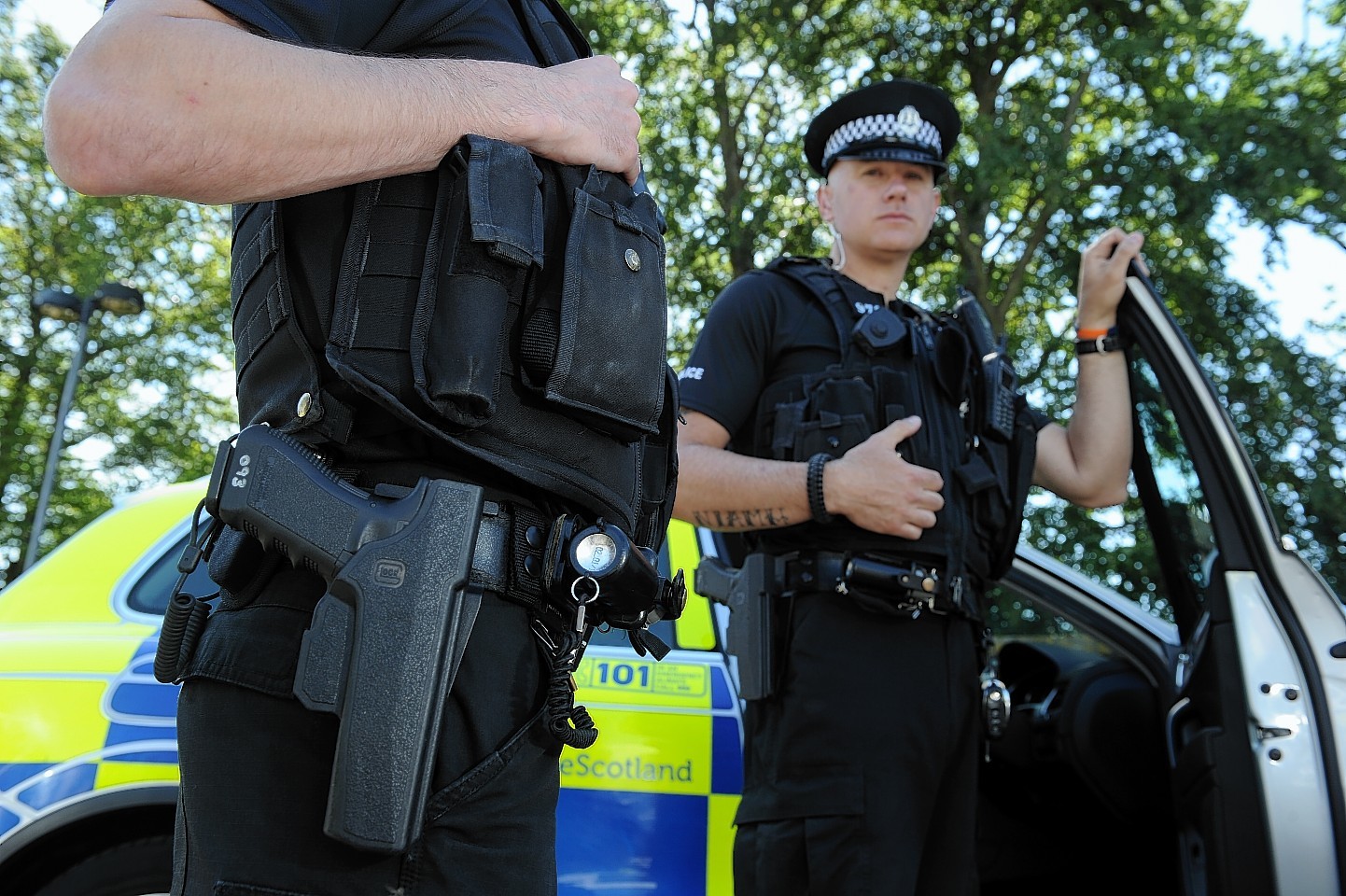Justice Secretary Kenny MacAskill has been accused of “washing his hands” off all responsibility regarding police officers carrying firearms on the streets of Scotland.
It follows growing concern – particularly in the Highlands – over officers walking the streets and turning up at routine incidents with handguns openly visible on their hips.
Chief Constable Sir Stephen House insists the controversial practice will save time if armed officers are needed, but politicians claim it sends out the wrong message and is not required in low crime areas like the north.
Scottish Labour justice spokesman Graeme Pearson wrote to Mr MacAskill demanding a parliamentary statement.
In his response, the justice secretary reiterated his position that it was an operational matter for the police.
Mr Pearson, former director general of the now defunct Scottish Crime and Drug Enforcement Agency, said: “Kenny MacAskill has completely washed his hands of all responsibility in this matter and appears to be entirely disinterested in an issue which has sparked significant public concern and calls for improved accountability at a local and national level.
“The operational independence afforded to Police Scotland should not extend to fundamentally changing the nature of policing.
“Policing by consent has long been one of the central tenants of law enforcement in Scotland, but this can only be delivered when consultation with the democratic processes are delivered before action, not simply in hindsight.
“The cabinet secretary must come before parliament to explain the rationale behind this change and, instead of passing the buck to Police Scotland, take responsibility for an issue which has caused concern across Scotland.”
In his letter Mr MacAskill said the policy previously existed in three of the former police forces – Strathclyde, Tayside and Northern – and has now been rolled out across the country providing all communities and officers with “equal protection”.
“In taking this decision, the chief constable considered a wide range of factors including threat and risk assessments and intelligence reports,” he said.
Following Highland Council passing a motion calling for a review of the policy, Sir Stephen gave an undertaking to take the motion into account the next time the standing firearms authority is reviewed by the armed policing monitoring group, Mr MacAskill said.
“The council’s views will be registered and considered against the range of intelligence, threat and risk assessment reports,” he added.
